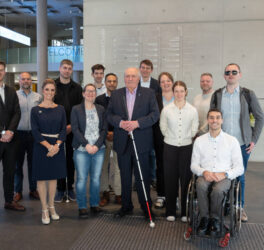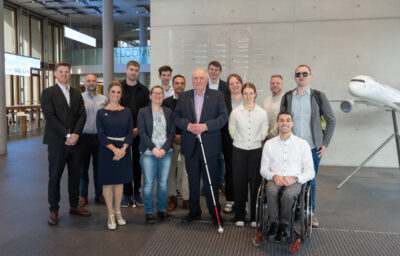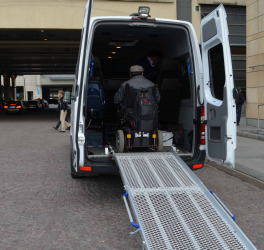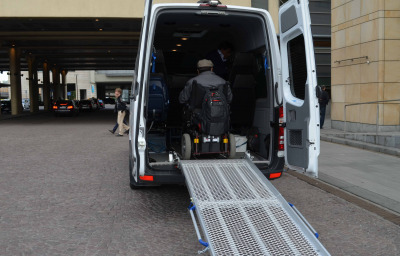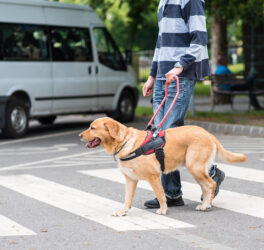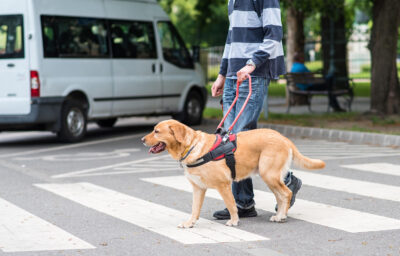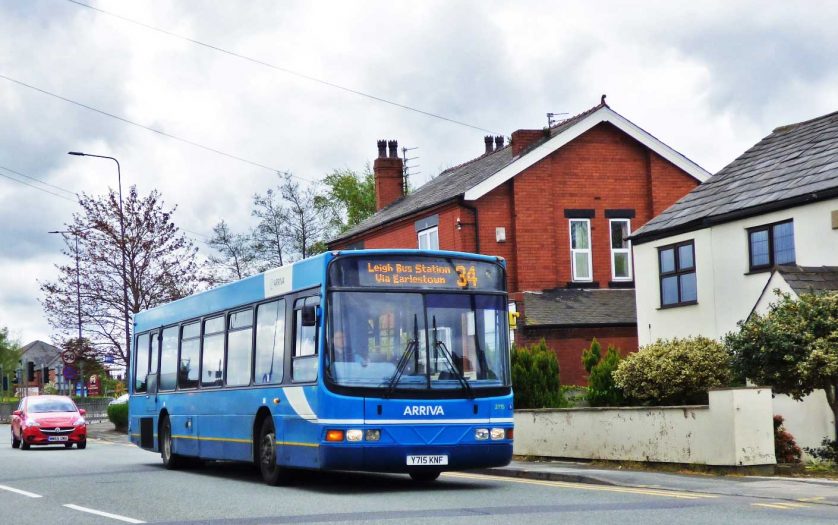
Britain’s bus firms will be forced to provide audible and visual announcements to help disabled passengers, the Department for Transport (DfT) has announced.
The latest figures from March 2020 show three out of five buses in England were not fitted with the technology.
The DfT has pledged to provide grants of £3.5 million to helper smaller companies add audio-visual information systems to their fleets.
It also announced that research would be carried out into the design of bus stops and bus stations to ensure they are “accessible for all”.
This is part of a broader strategy to boost inclusivity across transport.
Au audit of UK railway stations announced in May has started to identify potential accessibility improvements and existing good examples.
The DfT said it will work with Network Rail on a new programme to install tactile paving on the edge of station platforms.
This paving has contrasting textures so pedestrians can detect it with vision disabilities.
The department will also support new legislation to protect disabled passengers from being overcharged in taxis and private hire vehicles.
It will work with consumer groups to design more accessible charge points for electric cars, and provide £1 million of funding to improve access at ferry ports.
Accessibility minister Chris Heaton-Harris said: “Disabled passengers should be empowered to use all forms of transport with the same confidence as everyone else, whether by taxi, train, bus or ferry.
“Today’s measures will have a positive, real-life impact and double-down on our promise to building back fairer from Covid.”
Robert Burley, a director at Muscular Dystrophy UK, said: “We regularly hear from people living with muscle-wasting conditions who have had to cancel or cut short days out, or don’t consider them at all, because of poor accessibility.
“The strategy announced today is a step in the right direction to helping tackle the exclusion that so many disabled people face daily.”

